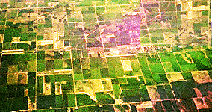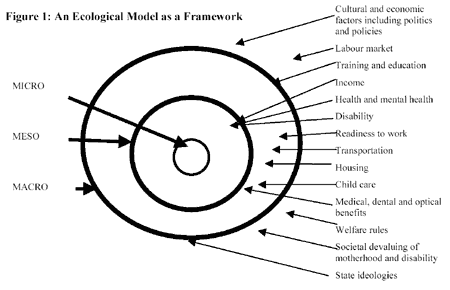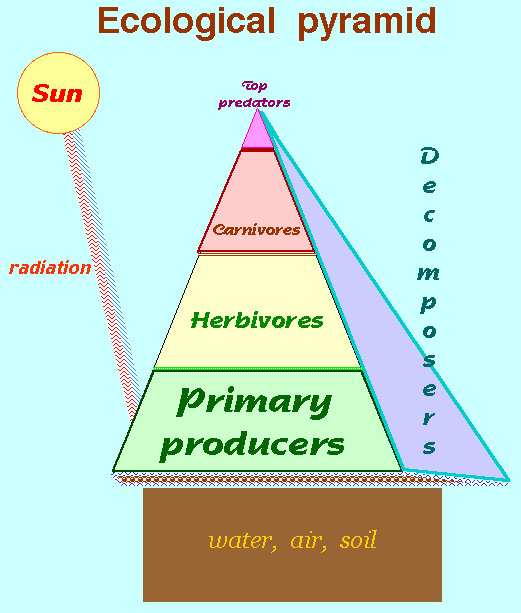
models | concepts of the world | land and labor | labor | summary
 If you are overwhelmed by details and the data are confusing try these models --1) simple, or 2) complex--
to organize your notes, direct your thoughts, and improve your expression based on
the content of the textbooks.
If you are overwhelmed by details and the data are confusing try these models --1) simple, or 2) complex--
to organize your notes, direct your thoughts, and improve your expression based on
the content of the textbooks.The Simple approach:
|
|
|
|
|
|
|
|
|
|
|
|
Because it is linear, this is a simple approach to depicting the way large segments of society relate to one another can both reveal and hide important ways one facet of social organization influences others.
Pictured here above is an aerial photograph of a settled landscape, the bastide of Carcasonne, restored from the way it appeared in Middle Ages. The relation of the buildings to the fields, forests, roads and reservoirs is complicated but unified by human use of and dependence upon the settled landscape. The Greeks referred to the collective human improvements of the land by modifying orchards, fields, wood lots or coppices, reservoirs and commons as the habitable area or Oikumene .
These significant changes in the landscape dictated by human occupation are a visual representation of the simple model. "Land when mixed with labor creates wealth." The buildings, fields and woodlands are tangible assets, examples of the capital wealth created by labor and the resources of the land.
![]()
Types of models used

|
|||
Comparing contrasting two models
|
|||

|
|||
related pages on models
|
|
|
|
Definitions
Model based pages:
An Ecological Model conceptual frame applied to social labor conditions
concentric model tied to weal
ecosystem drawn as a model of relations
Ecosystem model contrasted with Merchant's three concentric spheres argument
Ecosystem Model of Cultural, Social, and Ecological concentric
Spheres
Ecological Model discussed in terms of wrting an essay
ecological model with three concentric modeled spheres
Model of Merchant's ecological change or revolutions tied to labor theory of value and ecological core
weal explained
A problem in thinking about Wilderness
Starting Page | Contents of the Site | Web site | Index of models
These buttons below work as navigational aids.

|
|
|